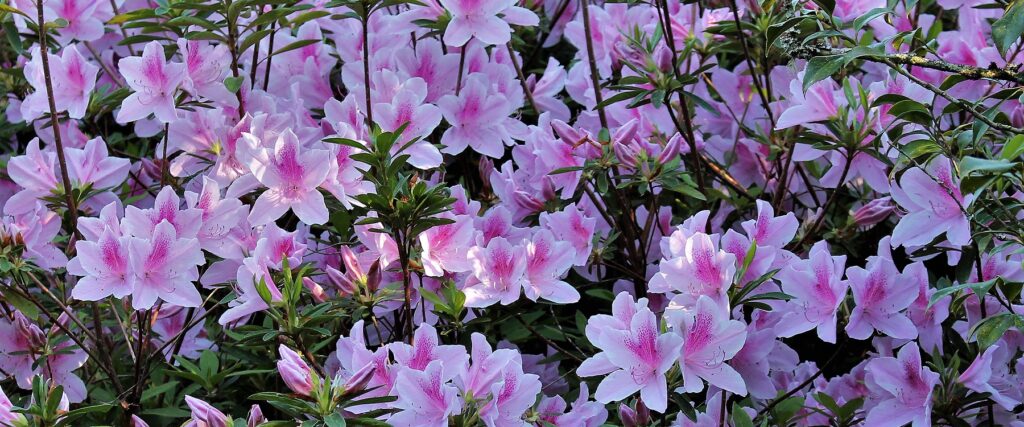Black-eyed Susan is a cheerful wildflower. Its claim to fame are its bright-yellow, two to three inches wide, daisy-like flowers with dark centers that bloom singly atop one or two feet stem. The golden daisy flowers of Rudbeckia illuminate late summer and early fall borders, perennial schemes and gravel gardens. Most of them are over knee-height but some forms of Rudbeckia are small and compact. All types of Rudbeckia produce large flowers on stout stems that seldem need stacking. The blooms attract beneficial insects. They thrive in an open, sunny situation and moist but free draining soil. The cheerful blossoms of the Black-eyed Susans liven up bouquets. This annuals may bloom longer with some afternoon shade. Birds enjoy the ripe seeds. Black-eyed Susan can become aggressive if given too perfect an environment and not enough competition.
Black-eyed Susan is propagated very easily from seed sown in fall or spring. Spring-sown seed should be stratified. Rake seed into a loose topsoil or cover with ¼ to ½ inch of soil or mulch. If possible, supplement with water if fall or spring rains are infrequent and light. The seed requires several days of moisture and should germinate in one to two weeks. Black-eyed Susans are drought tolerant but respond well to an occasional watering. Additional irrigation in a dry year will improve the density of the stand and lengthen the flowering season. Do not mow until after the plants have formed mature seed cones, about three to four weeks after flowering. (Check by breaking a cone open and if the seeds are dark, they are mature.) The number of volunteer plants can be limited by removing the seed heads after the flowers are done.
